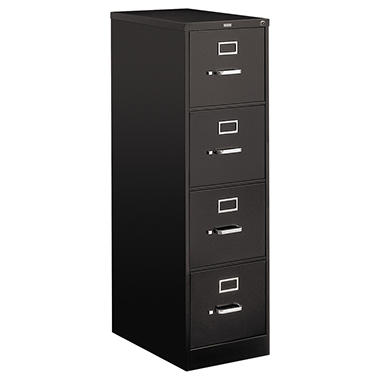Blog
Word Finding Tips for Your Mind, THE FILE CABINET!
Word Finding Tips for Your Mind, THE FILE CABINET!
“Not being able to speak is not the same as not having anything to say”- Unknown.
Word finding difficulties can be VERY frustrating.
- Do you ever feel that the word is at “the tip of your tongue?”
- Do you feel that you know what you want to say, but just can’t produce the word?
- Do you find yourself changing words in your conversation just because you can’t say the appropriate word?
All of the above are related to word finding difficulties. Word finding difficulties may occur in individuals who have had a stroke, have aphasia, or have increased anxiety. Aphasia is an acquired communicative disorder in which an individual’s ability to process language is impaired, but does not affect intelligence. Aphasia affects an individual’s ability to speak and understand others.
Think of your mind as a file cabinet with numerous drawers ( I know sounds strange! …but go with it for now). When producing a word you search the drawers to find the appropriate word, and you’ll continue to search to further a conversation. During conversation, these skills happen quickly. Therefore it is important to have a clear understanding of what is inside each drawer. Let’s go over the drawers to help you “search” for that specific word you need!!
- Drawer #1– What category is it? Being able to group the word into a specific category will help you to narrow down what you want to say. Even if you cannot think of the word (ie. chair) you know that you are within the right category (Type of furniture). Being able to tell the listener that it’s a type of furniture will help the listener to understand.
- Drawer #2– What is it used for? You know what you want to say…but just can’t get the word! So look in drawer #2 say to yourself, “What is it used for?” So let’s say the word is still ‘chair.’ Being able to recognize what the item is used for will help as compensatory strategy to find the word. If you can, tell the listener what it is used for. .. “Sitting!”
- Drawer #3– Where do you find it? WHERE do you find this item? If the word is “chair.” Give the listener a response or gesture to where this item is. You can tap on your chair, or say “near table” or even say “kitchen” or “desk.” Tell the listener words that are related that you CAN currently think of to assist in finding the word you’re looking for.
- Drawer #4– Visual image. PICTURE IT! A visual image is a great way to help in assisting you to obtain the word. What color is it? Is it big? It is heavy? What does it look like?
Hope these tips helped you! Challenge yourself. Keep your mind active. Exercise your brain! Try some crossword puzzles, word searches, Sudoku, or even learn to play a new instrument.
-Pamela Leibowitz MA CF- SLP TSSLD.





